HighLoad ++: presentations from Avito speakers, notes, photos and impressions
The twelfth HighLoad ++ died down in Skolkovo. The conference gathered more than 3000 participants, professionals in the field of work with high-loaded systems. Colleagues shared their experience in building and developing the architecture of large projects, talking about databases, storage systems, system administration, load testing, and operation of large projects.
We traditionally took an active part in HighLoad ++. In this post I want to share the presentations from Avito, impressions of the conference. And tell me what this strange blue tank in this photo.
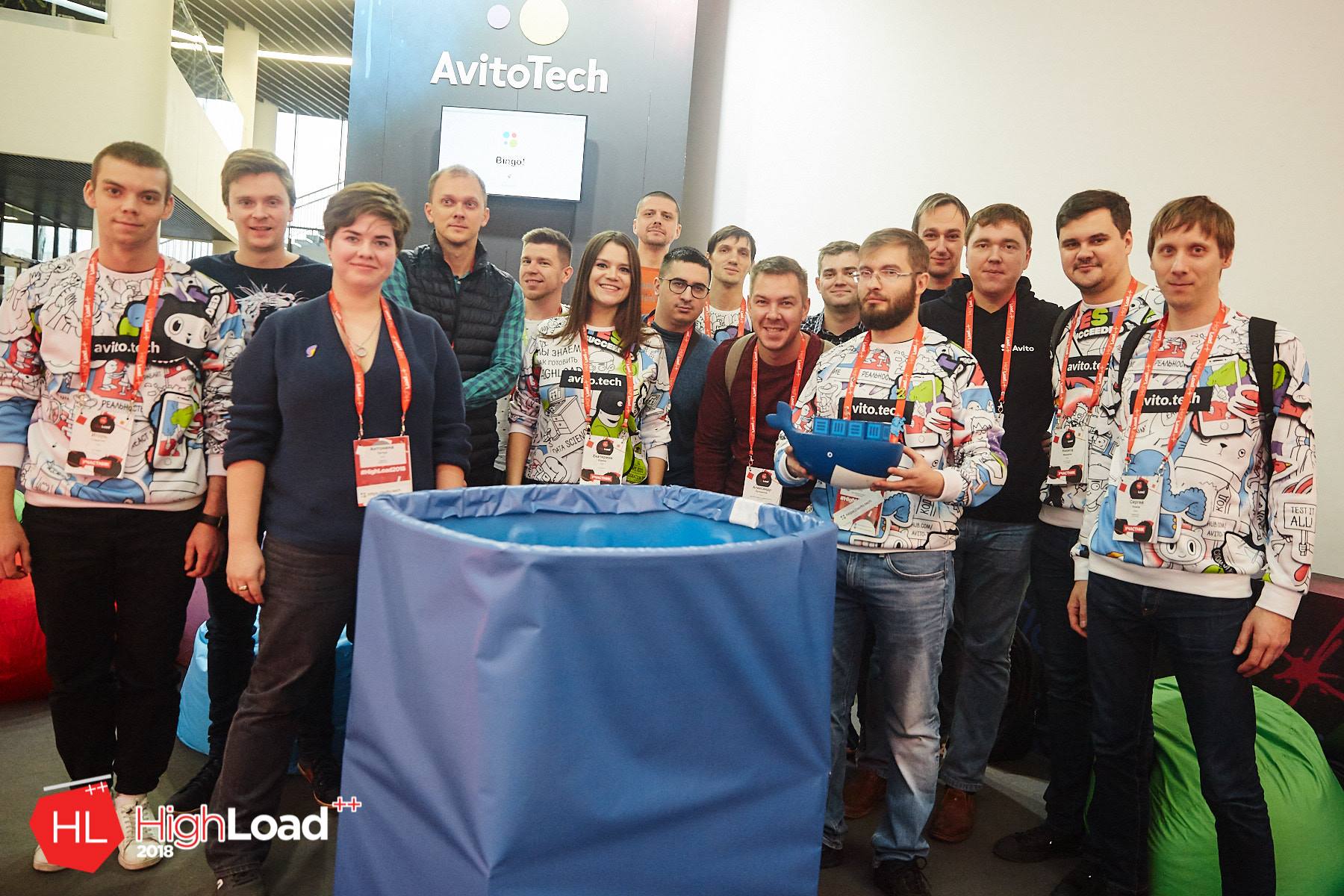
Lectures and workshops
What do we know about microservices?
Vadim Madison, Head of System Platform Development, opened a program of reports in the main hall of HighLoad ++ and spoke about what we know about microservices. What metrics we collect from microservices at the stages of assembly, testing, launch in Stage and production. And how we use these metrics in order to understand what is happening with production, which services behave incorrectly, where it is necessary to start rebalancing and find out who is responsible for the service. Shared what is called "life after launching at Kubernetes" ...
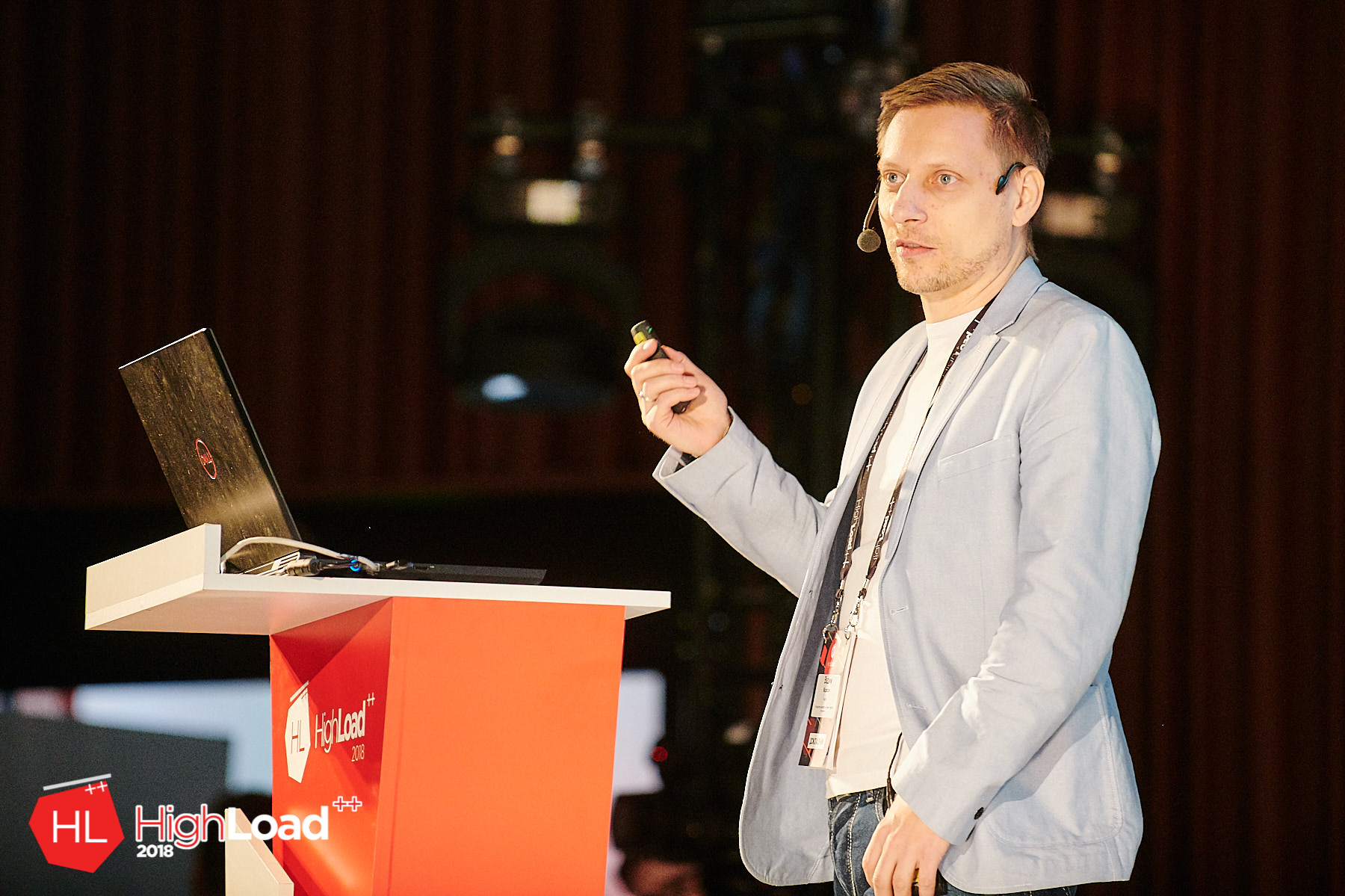
Here is the presentation that Vadim prepared for the conference.
In addition, there are two notes from his report:
From Nikolai Volynkin, see the link to Github and from Vitaly yushkevichv Yushkevich here on Habré .
One of the options for implementing Data Discovery in microservice architecture
Nikolay Golov, head of the Data Platform in Avito, spoke about the concept of “Remembering Fabric”, Persistence Fabric, and the elements of its implementation on the Neo4J graph database.
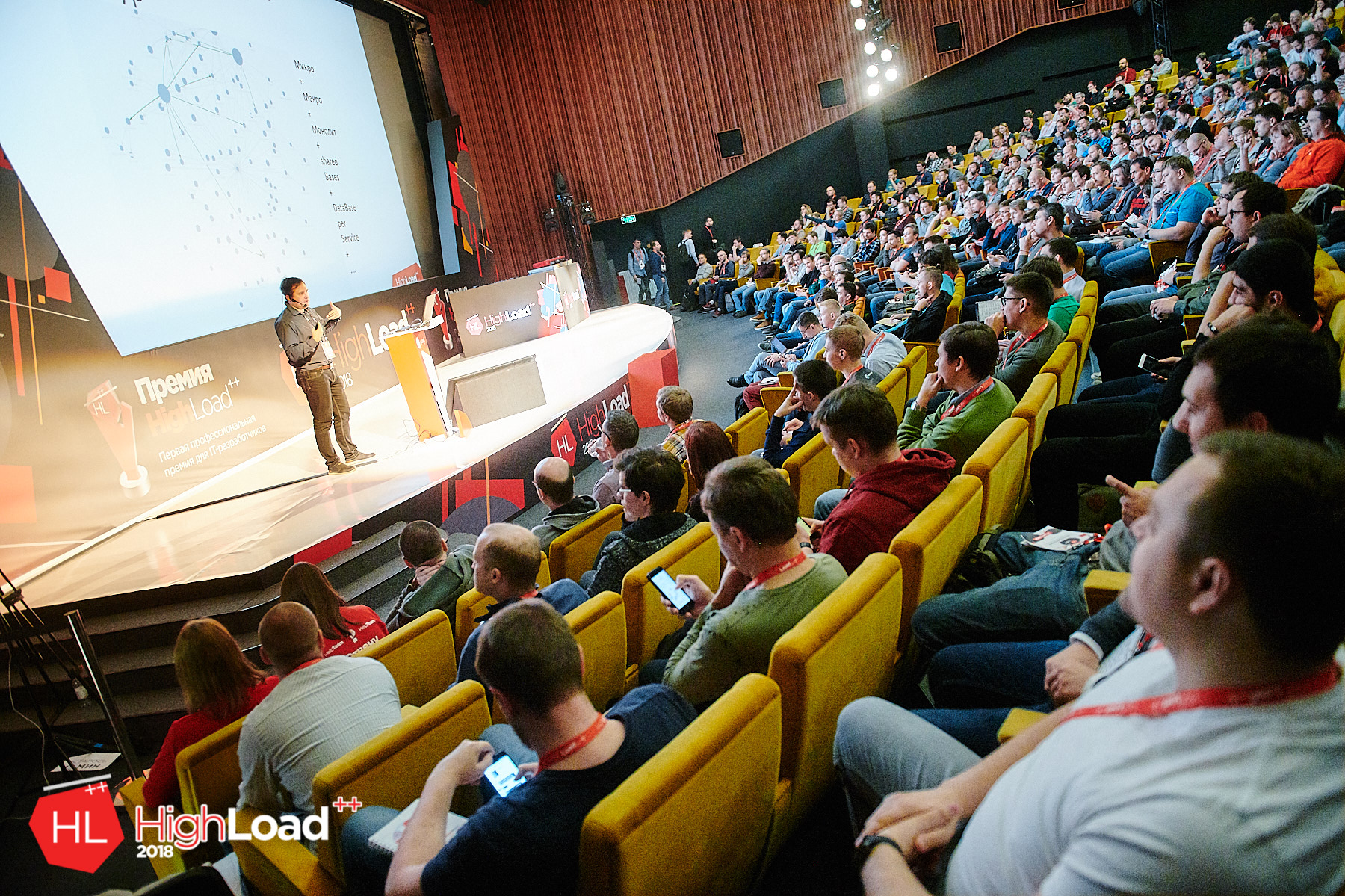
Here is a presentation , and here is a summary of the report from Nikolai Volynkin.
Multi-criteria optimization of search results in Avito
To Avito send about hundreds of millions of search queries daily. One of the very serious challenges that our search team has faced is how to satisfy different groups of users if their extradition requirements are partly different or contradictory. Andrei Drozdov, a leading backend developer, shared Avito’s experience in multicriteria search engine optimization.
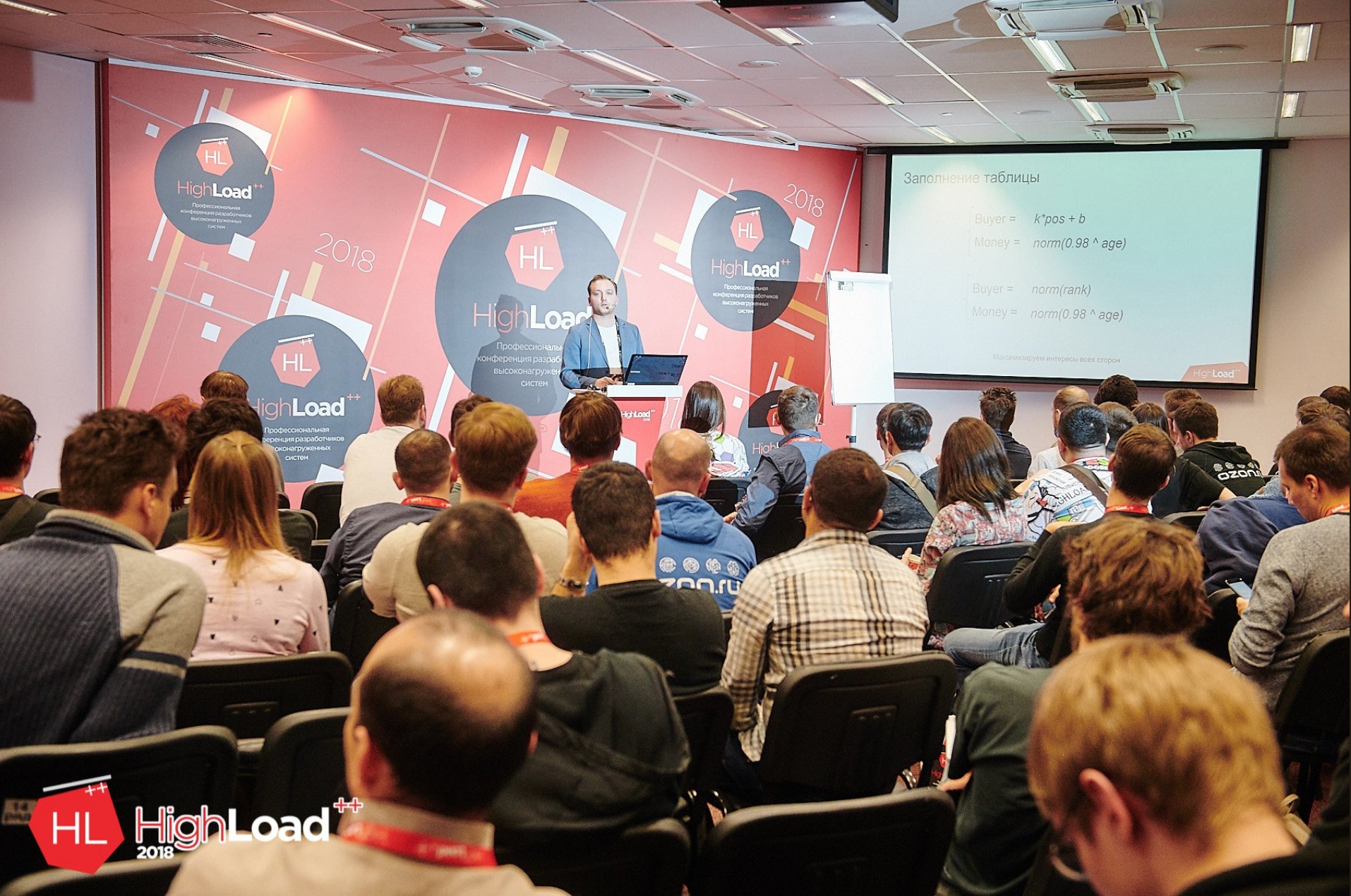
Here is a presentation .
Monitoring - to developers! Technology to the community! Profit - all
Vladimir Kolobaev, the lead system administrator, continues a series of reports on how our own monitoring system is being developed, which allows any employee to send metrics on his own, build dashboards, create triggers, set up escalations.

The service is built on popular open source solutions, so if you wish, you can implement it in your project. Vkolobaev promises to write a post pretty soon, where he will tell more about the service. In the meantime, you can watch the presentation and read previous articles .
Kubernetes cluster in your laptop. Meet minikube
Backend developer Victor Safronov conducted a master class where he showed how to deploy a full-fledged cluster of kubernetes on his computer without any problems. He told why it may be necessary at all. Listeners learned about possible problems and ways to solve them.

Alas, I do not attach a presentation here, the format of the master class involves live communication. But both during its preparation, and at the conference itself, I noticed that this topic worries many people. And Victor and I thought about creating such a workshop on Habré. We decided to ask readers whether it is worth it. There is a poll at the bottom of the post. We will be happy if you answer whether this topic is relevant to you.
HighLoad Award
This year, at the conference, the first were awarded the HighLoad Award. Its committee noted those who had a deep positive impact on the development of the Internet development ecosystem in Russia. Congratulations to all the winners, and especially the author Sphinx and our colleague Andrey Aksenov.
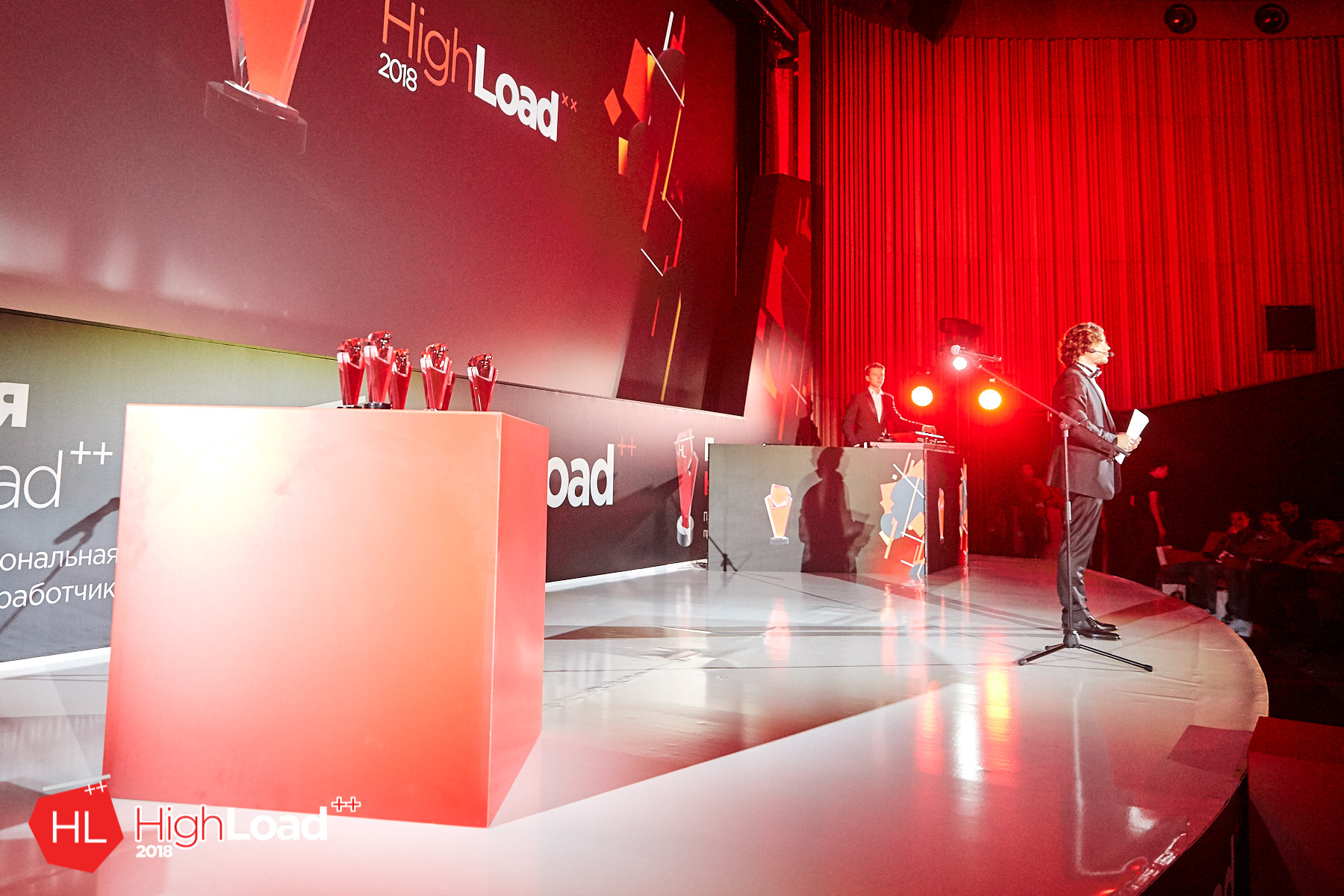
Activities
And of course, all two days of the conference, we were glad to see everyone at our booth, where we answered questions about the development of Avito and played souvenirs.
Participants HighLoad ++ played Bingo for search queries with Avito - for the most popular and the most unusual.

And put the containers on the docker (that's why the tank was needed).
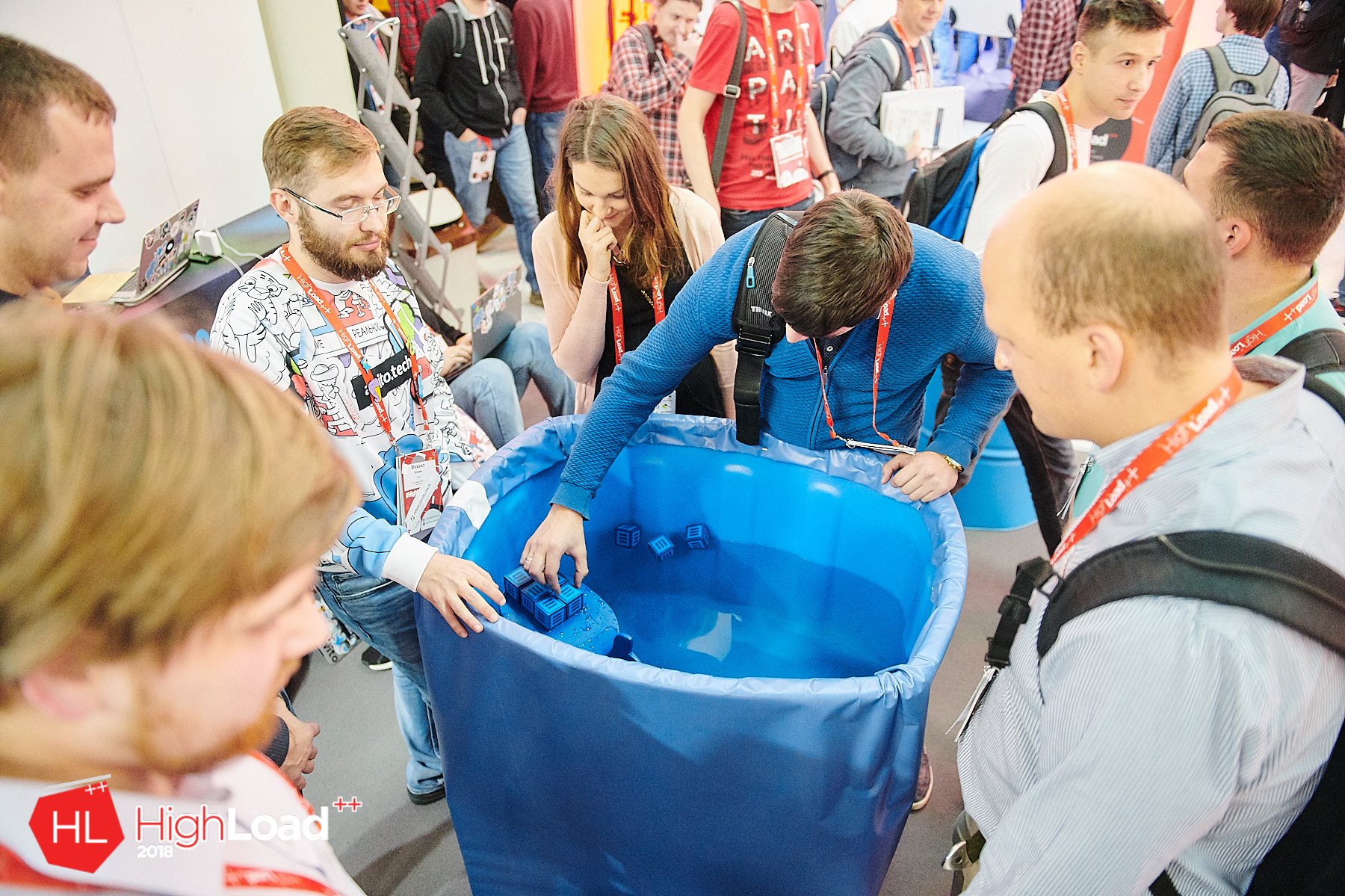
What does highload have to do with it? We just decided to imagine a situation that someone might have encountered in work, in physical form.
Unstable environment (water), docker (worm whale, which we invented and made specifically for performances at the stand), containers with code in different languages (cubes of different weights), the orchestration has not yet been invented (several cubes per docker can not be put) ... How the result is a nervous depla in shaky surroundings.
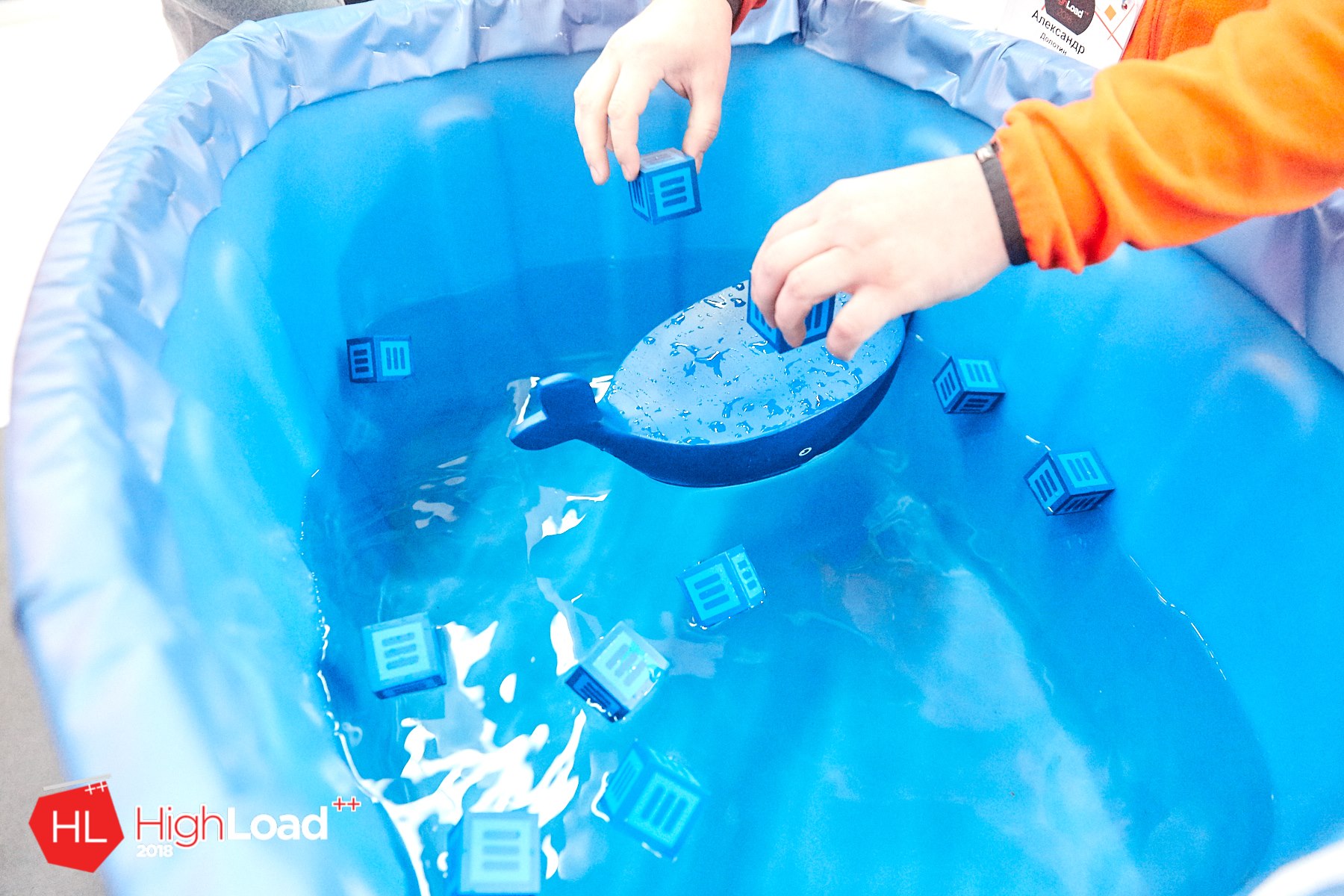
The game has come to your liking. Prizes were given to those who were able to stabilize 8 or more containers. The record of two days was 12 fixed cubes. To understand the emotional glow - here's a video from DevOps Conf, when stabilizing it turned out 10 containers.
See you again!
We say thanks to everyone who listened to the reports, outlined them and shared them, asked questions, participated in activities, followed the conference online.
If you have any questions about the reports of colleagues and presentations - write in the comments, we will try to answer them here or in a separate post.
PS All photos in the post are taken from the social networks of the HighLoad ++ conference .
')
Source: https://habr.com/ru/post/429988/
All Articles